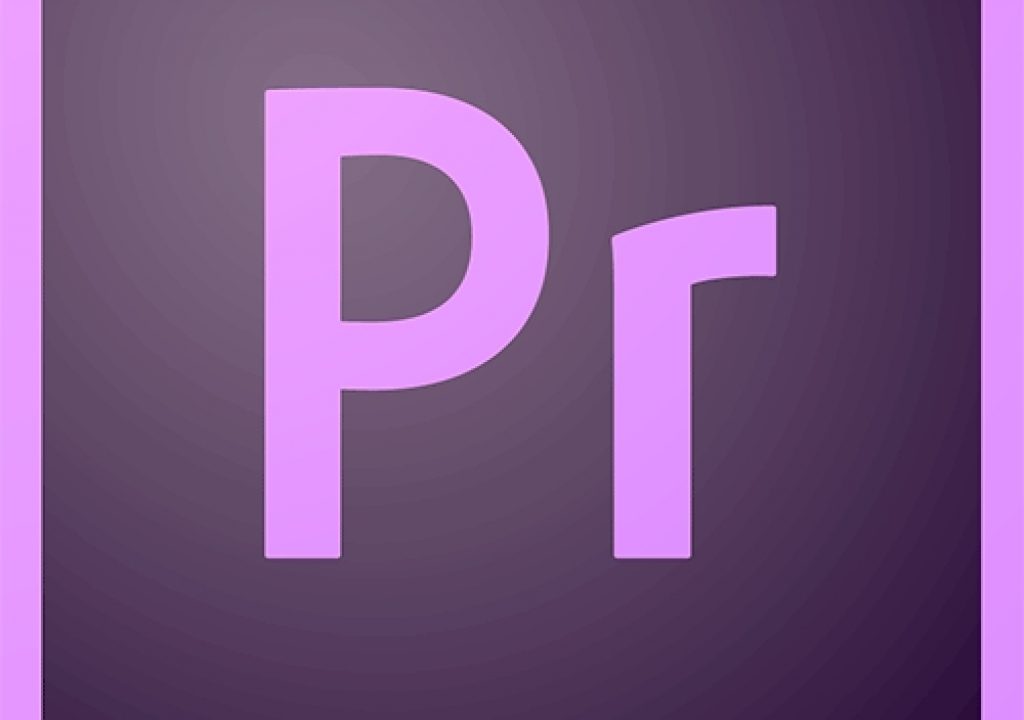Here’s another collection of news on tutorials, tips, and related tools assorted with Adobe Premiere Pro. Things have continued apace, though perhaps with rehashing, even behind the paywalls.
 After Effects and Premiere Pro in 2014 collected a few highlights for the year. In June and October this year, Adobe provided hundreds of new features and fixes to their video apps, as well as some minor releases and several bug fix updates. There’s more about the 2014 Creative Cloud updates on the product blogs for Premiere Pro, After Effects, Adobe Media Encoder, Adobe Audition, Adobe Prelude, Adobe Story, and SpeedGrade.
After Effects and Premiere Pro in 2014 collected a few highlights for the year. In June and October this year, Adobe provided hundreds of new features and fixes to their video apps, as well as some minor releases and several bug fix updates. There’s more about the 2014 Creative Cloud updates on the product blogs for Premiere Pro, After Effects, Adobe Media Encoder, Adobe Audition, Adobe Prelude, Adobe Story, and SpeedGrade.
Surfaced Studio provided a new intro, Adobe Premiere Pro for Absolute Beginners. There’s more at Adobe Help Tutorials.
Below, Shanks FX compares and contrasts differences between the old Final Cut Pro & Adobe Premiere Pro, from the point of view of a long-time FCP user transitioning to Premiere. New users would do well to review new features tutorials from reTooled.net, since there are many nuances added to Premiere since Final Cut was retooled from iMovie. Also below is 10 Things Final Cut 7 Switchers Should Know about Premiere Pro CC from Josh Weiss at reTooled.net.
Switchers should also see the Adobe guide, Switch from Final Cut Pro.
Regular Premiere Pro tips can be found in the Video Post Tips Weekly series presented by Lynda.com author Ashley Kennedy. Here’s a sample, Match frames and more in Premiere Pro:
Ryan Connolly of Film Riot posted 5 Tips For Faster Editing in Premiere:
Caleb Ward at Premium Beat shared text and graphics in 3 Approaches for Time-Remapping in Adobe Premiere Pro. Andrew Devis covered similar ground in still-useful video tutorials Clip Speed/Duration and, for variable speeds, Time Remapping. There’s more on speed in Adobe Help. Recently, TunnelvizionTV3 shared a Premiere Pro Speed Ramping Tutorial for CC 2014. Premiere doesn’t remap audio, so you’ll have to make cuts and adjust by hand, or skip into After Effects for variable speed audio/video. Here’s TunnelvizionTV3, a short take on Trimming to manipulate shot speed in Premiere Pro by Lynda.com author Ashley Kennedy (maintain audio pitch), and Ervin Golubović with After Effects Tutorial | Ramped Slow Motion:
Premium Beat also shared links to tutorials on Premiere Pro Subclips and Nesting.
Adobe’s Karl Soule provided info for Understanding Premiere Pro Metadata.
No Film School shared info on Adobe’s Camera RAW Plugin Can Color Correct Your Video, & It Does an Amazing Job and A Super Simple Workflow for Editing & Grading CinemaDNG RAW Footage in Premiere Pro. Comments on both blogs mention a variety of other options, including Film Convert, Speedgrade, Premiere, and After Effects. People have been trying to use Camera RAW in AE for awhile, even with .jpeg or .tiff sequences, though it’s slow-working or a long process to create an intermediate and go back again for finishing (Gone Girl workflow aside with 36 TB for offline, 320 TB for online 6K).
By the way, Art Adams shared Log vs. Raw: The Simple Version here on PVC, explaining that Log files give us 99% of the benefit of a Raw file in a grade but with much smaller files. Also on PVC, Dorian Heller discussed the topic recently in Shooting in Raw: The Real World Use of Raw Footage. And there’s a well-received series on Lynda.com, Working with Raw-Format Photos in Lightroom and Photoshop with Bryan O’Neil Hughes.
Wes Plate discussed Syncing Premiere Pro keyboard settings, using “a settings syncing feature allowing users to upload and download keyboard settings, output modules and other preferences. This can be pretty useful if you work between multiple systems and want your personalized settings to follow you.”
Daniel Bryant has a video on Exporting Video from Premiere Pro at Layers Magazine., and The Genesis Project (an Adobe blog) has details in Premiere Pro Tip: Publish directly to Creative Cloud, YouTube and Vimeo. Of course Premiere can batch render from Adobe Media Encoder, which was explained recently by David Kong in How to Choose Export Setttings at Philip Bloom’s website.
Matt Allard of News Shooter posted Control Final Cut Pro or Premiere using an iPad with the CTRL+ Console app. He’s a Final Cut guy, but the app works for Premiere Pro Mac/Win users too. You can take a peek at a higher end setup with Colin Smith in Adobe SpeedGrade and the Tangent Elements Panels.
Note that this roundup is for quick review and comparison. There is almost always extra vital information from the originating authors at the links provided — and often free presets, plug-ins, or stock footage too.

Filmtools
Filmmakers go-to destination for pre-production, production & post production equipment!
Shop Now













